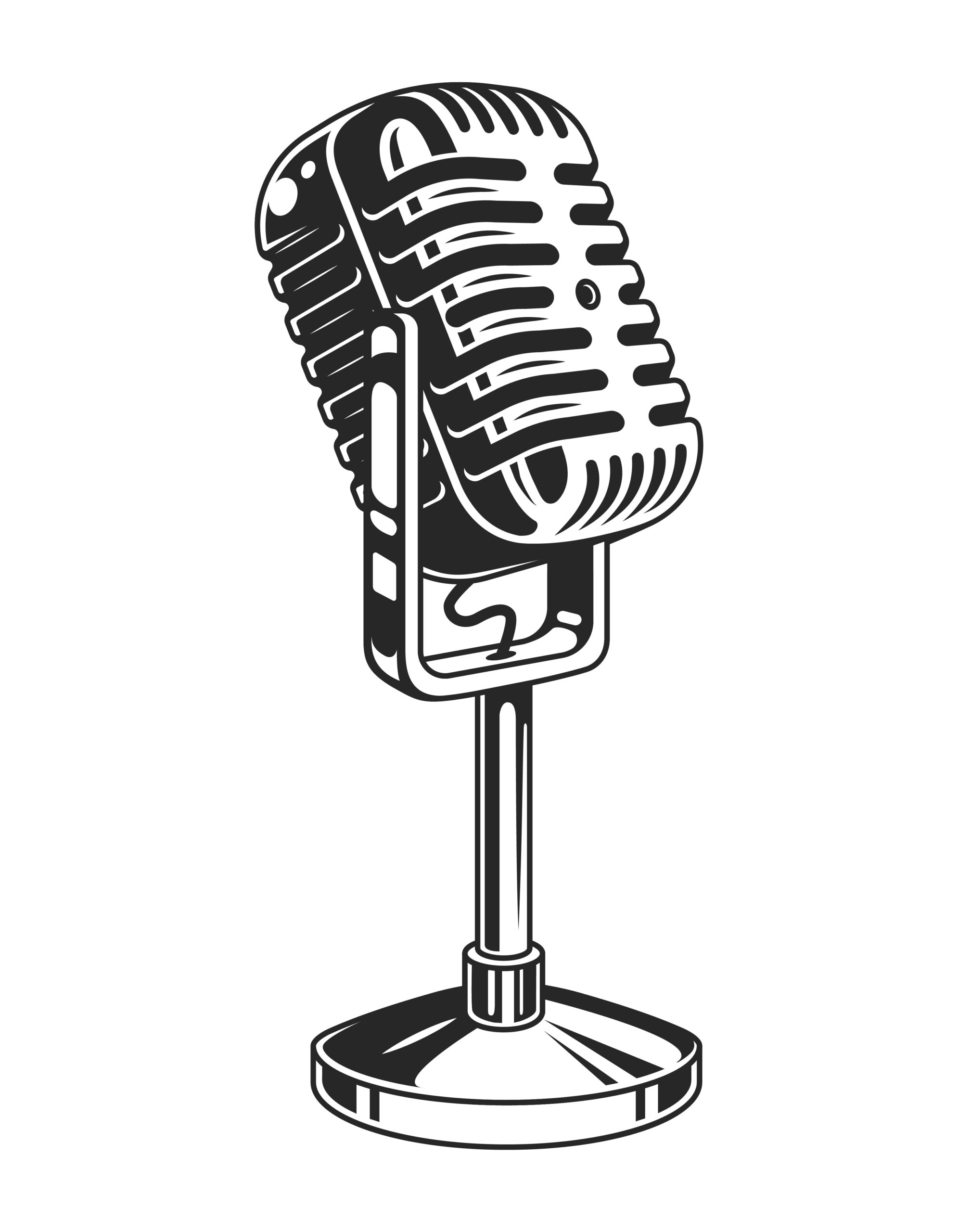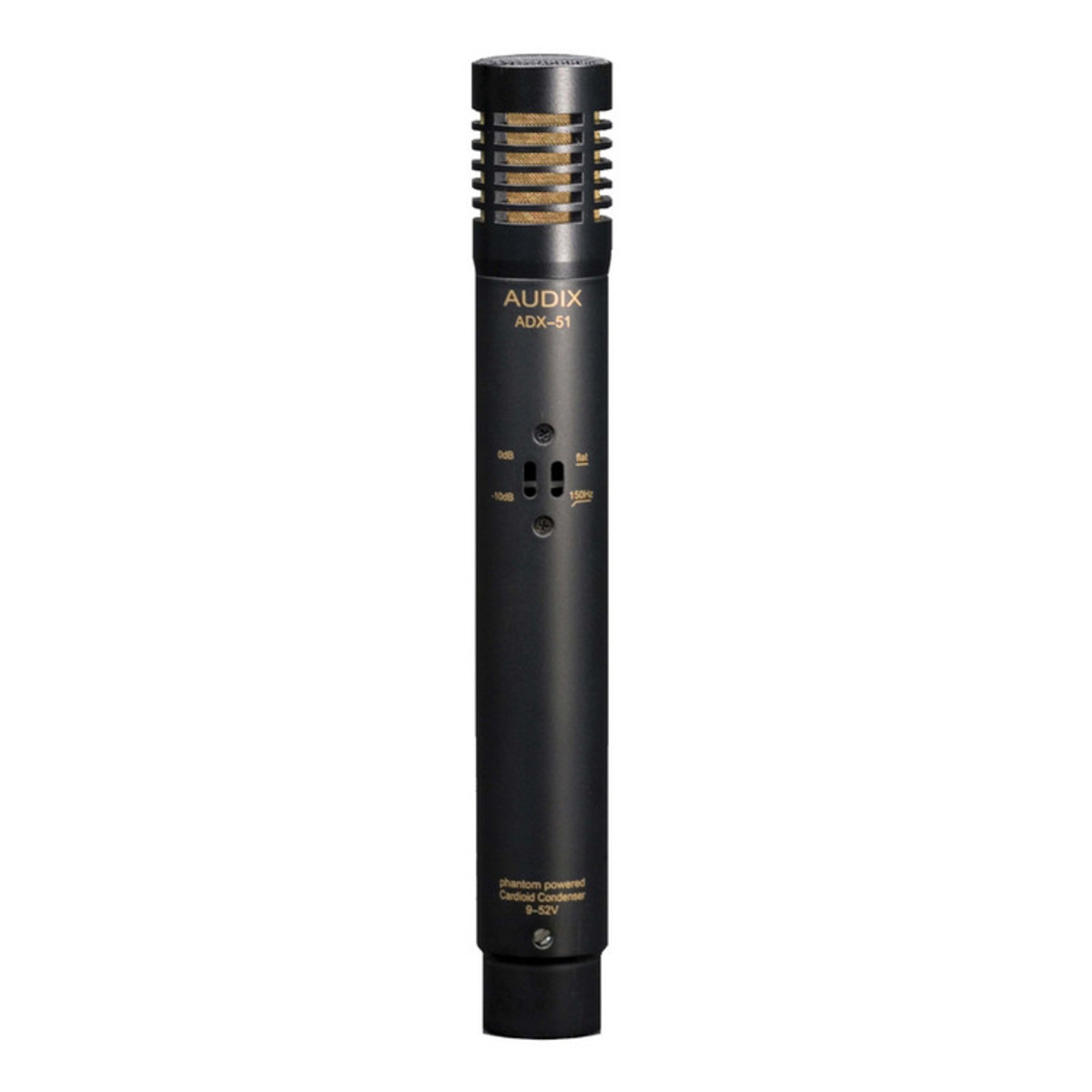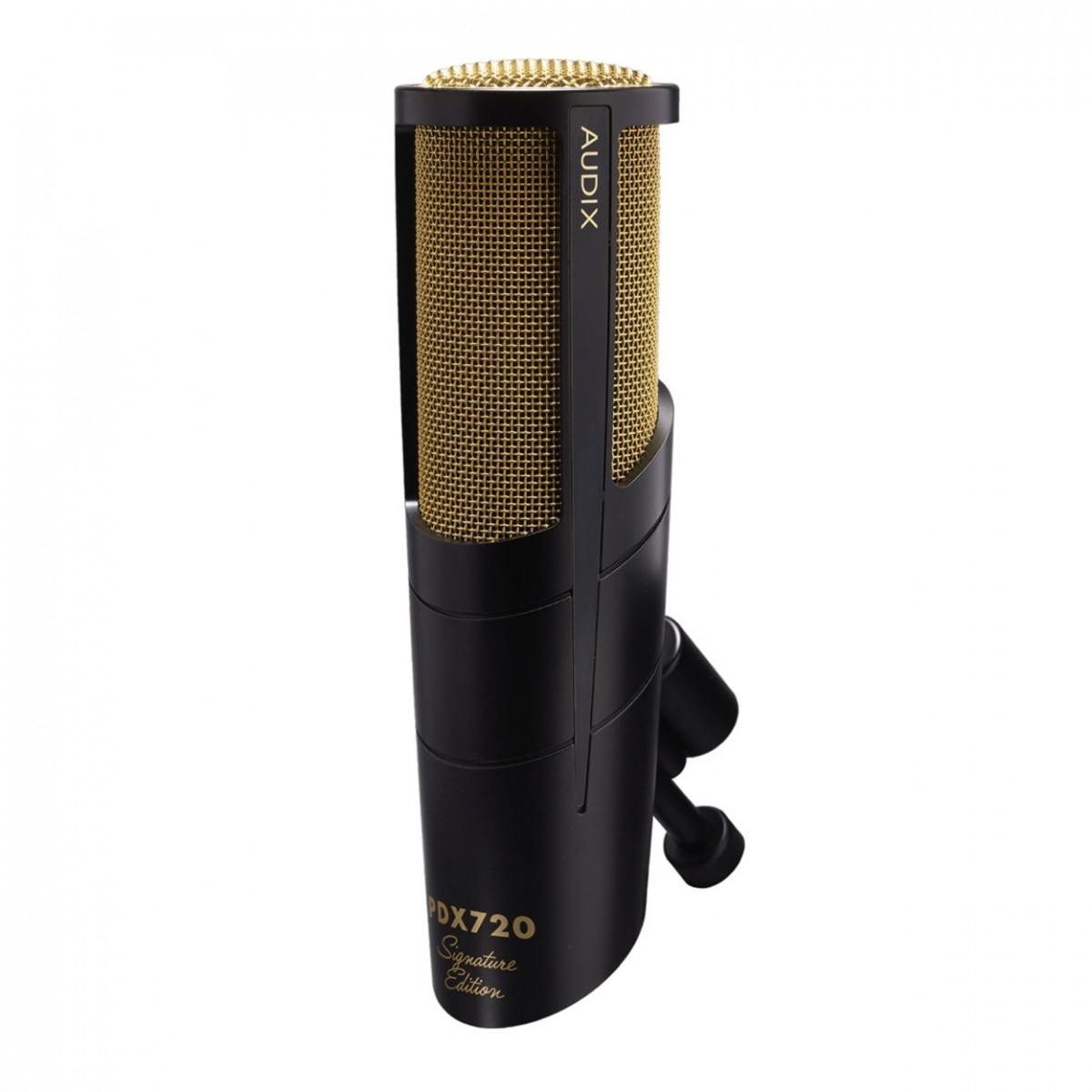Description
Audix ADX51 Cardioid Condenser Instrument Microphone is in a condition made by Audix and is for sale in the for a great price of £225 . Capture your instruments with absolute precision. The Audix ADX51 Cardioid Condenser Instrument Microphone will be a real asset to your microphone locker. Close micing room micing you name it this microphone does it. It is the ultimate choice to capture acoustic instruments such as guitars double basses pianos mandolins and more! Thanks to its detailed frequency range of 40-18kHz the ADX51 is able to capture every last nuance of any performance with an incredible degree of accuracy. Recording with this microphone is practicality cheating. The ADX51 is precision machined from brass and comes complete in a stylish low reflective black e-coat finish. Rest assured knowing that low-noise electronic circuitry and impedance guarantee an interference-free performance even when youre using long cable runs. Whether youre on stage or in the studio this microphone will deliver the results time and time again. an amazing Audix Microphone Instrument Condenser Cardioid ADX51 Audix – Click Read More for more product information, photographs and how to order.
Cardioid
A cardioid microphone is a type of directional microphone with a heart-shaped pickup pattern. This means it is most sensitive to sound coming from the front and sides, while significantly reducing noise from the rear. This pattern makes cardioid microphones ideal for situations where you want to capture sound from a specific source while minimizing background noise.
Cardioid microphones are widely used in various applications, including live performances, studio recordings, and broadcasting. They help focus on the intended sound source, such as a singer’s voice or a musical instrument, making them versatile and popular among audio professionals.
Condenser
A condenser microphone is a type of microphone that uses a capacitor (condenser) to convert sound into an electrical signal. It typically has a diaphragm placed close to a backplate, forming a capacitor. When sound waves hit the diaphragm, it moves, causing changes in the distance between the diaphragm and the backplate, which in turn changes the capacitance and generates an electrical signal.
Condenser microphones are known for their sensitivity and accuracy in capturing sound, making them ideal for studio recordings where detail and clarity are crucial. They often require an external power source, such as phantom power, to operate. Due to their high sensitivity, condenser microphones are commonly used for recording vocals, acoustic instruments, and other sound sources where capturing fine details is important. Popular examples of condenser microphones include the Neumann U87 and the Audio-Technica AT2020.
Instrument
Microphone
A microphone is a crucial audio device used to capture and convert sound waves into electrical signals, enabling audio recording, amplification, and transmission across various settings. In studio recording, microphones are indispensable for capturing the nuances of vocals and instruments, ensuring high-fidelity sound for music production, podcasts, and voiceovers. Different types of microphones, such as condenser, dynamic, and ribbon microphones, are chosen based on their specific characteristics and desired sound quality. In live sound environments, microphones are used to amplify voices and instruments, making them essential for concerts, theatrical performances, and public speaking events, where clarity and volume are critical.
Beyond music and entertainment, microphones play a vital role in broadcasting for radio and television, providing clear audio for news, interviews, and commentary. In filmmaking, microphones capture dialogue, sound effects, and ambient sounds, which are crucial for creating immersive audio experiences. They are also integral to telecommunication devices, ensuring clear voice transmission in phones and video calls, and in conferencing systems, facilitating effective communication in meetings and presentations. Additionally, microphones are used in various other applications, such as public address systems, hearing aids, and voice recognition technologies, showcasing their versatility and importance in modern audio technology.
About Audix
We have new and used Audix gear available on our website for fast direct delivery direct to you from across sellers in all areas of the USA & UK.
£226.82
Value for money Good product with good quality Durable
£44.00
Two professional true condenser microphones for studio recording and live applications Sold as matched pair—ideal for stereophonic recording Low-mass diaphragm for ultra-wide frequency response and ultimate sound reproduction ideal for acoustic instruments, overhead, piano, etc Cardioid pickup pattern for effective feedback elimination
£190.90
Small, light, miniature instrument condenser microphone Cardioid characteristic Easy to use With off / on and low cut switch, for use with standard XLR microphone cable or alternative to Audix radio equipment, without APS-911 Box contents: miniature instrument condenser microphone, includes clip for flutes, foam wind shield, with cable 8' / 2.43 m to Mini XLR 3 Pin TA3F , adaptor for battery phantom power belt pack APS-911
£79.70
The i5 cardioid microphone can be used to microphone a wide variety of musical instruments, guitars, and bass cabinets as well as vocals and speech A wide frequency response of 50 Hz – 16 kHz Equipped with a VLM diaphragm for natural, accurate sound reproduction
£228.61
Ideal for: Live sound, recording stage productionstheatreceremonies, weddingsteleconferencing, boardroompianoroom ambience The Audix ADX60 mic is known for its high sensitivity and ability to handle distance and area making for a wide variety of applications including conferencing, plays, theatre, and acoustic instruments With a uniformly controlled hemi-cardioid polar pattern, The Audix ADX60 mic is designed to capture a specific designated area…
read more










